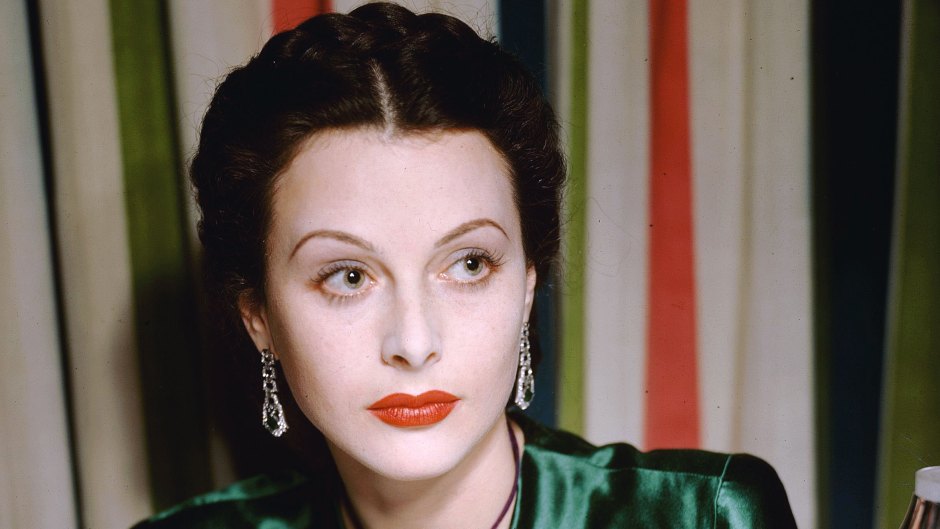
Kobal/Shutterstock
How Hedy Lamarr’s ‘Top Secret’ WWII Invention Ended Up Being Used in Wi-Fi and Bluetooth Technology
In the 1930s, Hedy Lamarr was called Hollywood’s most beautiful actress — although she didn’t care much for show business.
“I’m not so crazy about acting,” said the star, whose signature raven hair, red lips and pale skin became the model for Disney’s iconic Snow White. “All that makeup and getting up so early!”
Despite her startling beauty, Hedy often felt her appearance was a burden that prevented her from being taken seriously. The daughter of a wealthy Viennese Jewish family, she immigrated to America after being signed to MGM for an impressive $500 a week, but preferred to spend her nights tinkering in her home laboratory instead of attending parties.
“Any girl can be glamorous,” Hedy once said. “All you have to do is stand still and look stupid.”
Very early on, Hedy learned how to play dumb to her advantage. The same year she found fame, and notoriety, for starring in a risqué Czech film called Ecstasy, she married Fritz Mandl, an Austrian arms dealer doing business with Germany and Italy.
“They entertained many of his clients. She would be sitting there listening to a German officer talking about their problems with torpedo guidance,” explains Richard Rhodes, author of Hedy’s Folly: The Life and Breakthrough Inventions of Hedy Lamarr. “She absorbed a lot of information.”
Tired of her husband’s possessiveness, Hedy fled to London, where she met MGM Studio boss Louis B. Mayer, and then immigrated to America.
But even as she starred in films, including Algiers with Charles Boyer, Boom Town with Clark Gable and Ziegfeld Girl with Judy Garland, Hedy worried about the coming of World War II.
She asked to be taken to Washington to share the information she had learned about German torpedoes with the military. “She was basically saying, ‘Debrief me,’ but people thought she was being incredibly grandiose,” says Rhodes.
She found a kindred spirit in avant-garde composer George Antheil, a Renaissance man who, like Hedy, was eager to help the Allies win. “They both realized you could probably find a way to send a radio signal to a torpedo and steer the torpedo with some kind of radio control,” says Rhodes.
To protect the commands from interception, the pair devised a way to make the signal jump like notes played across a keyboard. “Hedy called it frequency hopping,” he says. They patented their invention, but the U.S. government only labeled it “top secret” and largely ignored it.
Hedy wound up selling war bonds — the most a beautiful woman was expected to do for her adopted country. In the 1960s, the U.S. Navy rediscovered the idea and used it to enhance ship-to-ship communication.
By then, the patent had expired and Hedy and Antheil never received anything for their work. Their innovations, which are still used in wi-fi, Bluetooth and GPS technology today, finally brought Hedy and Antheil recognition in the 1990s. “When they called her up to tell her she would get an award,” says Rhodes, “her first words were, ‘Well, it’s about time.’”







































